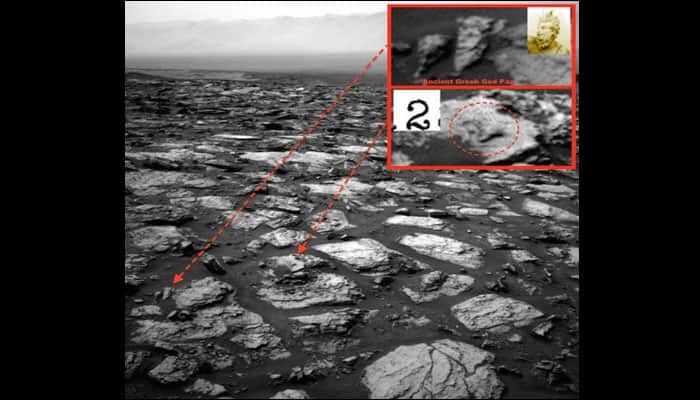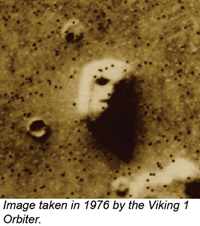

Its robotic arm dug into the Martian soil and the presence of water ice was confirmed on June 20, 2008. Phoenix landed on the north polar region of Mars on May 25, 2008. Dawn flew by Mars in February 2009 for a gravity assist on its way to investigate Vesta and Ceres. Rosetta came within 250 km of Mars during its 2007 flyby.
#CNET FACE OF MARS SERIES#
The MRO captured the first image of a series of active avalanches near the planet's north pole in 2008. The orbiter began mapping the Martian terrain and weather to find suitable landing sites for upcoming lander missions. On 10 March 2006, NASA's Mars Reconnaissance Orbiter (MRO) probe arrived in orbit to conduct a two-year science survey. Spirit rover (MER-A) was active until 2010, when it stopped sending data because it got stuck in a sand dune and was unable to reorient itself to recharge its batteries. Martian dust devils and windstorms have occasionally cleaned both rovers' solar panels, and thus increased their lifespan.

Among the most significant scientific returns has been conclusive evidence that liquid water existed at some time in the past at both landing sites. Both have met and exceeded all their science objectives. In January 2004, the NASA twin Mars Exploration Rovers named Spirit (MER-A) and Opportunity (MER-B) landed on the surface of Mars. The NASA Mars Pathfinder, carrying a robotic exploration vehicle Sojourner, landed in the Ares Vallis on Mars in the summer of 1997, returning many images. Contact was lost with the probe in November 2006 during its third extended program, spending exactly 10 operational years in space. This mission was a complete success, having finished its primary mapping mission in early 2001.

Viking 1 remained operational for six years, Viking 2 for three. The 1975 NASA launches of the Viking program consisted of two orbiters, each with a lander that successfully soft landed in 1976. Mars 6 failed during descent but did return some corrupted atmospheric data in 1974. The first to contact the surface were two Soviet probes: Mars 2 lander on November 27 and Mars 3 lander on December 2, 1971-Mars 2 failed during descent and Mars 3 about twenty seconds after the first Martian soft landing. The amount of data returned by probes increased dramatically as technology improved. On November 14, 1971, Mariner 9 became the first space probe to orbit another planet when it entered into orbit around Mars. The first successful flyby of Mars was on 14–15 July 1965, by NASA's Mariner 4. Starting in 1960, the Soviets launched a series of probes to Mars including the first intended flybys and hard ( impact) landing ( Mars 1962B). Mars Orbiter Mission 2 by India, planned launch in 2024.The ExoMars program of ESA has delayed the launch of the Rosalind Franklin rover, until later in the 2020s.The next missions expected to arrive at Mars are: In all, there are 11 probes currently surveying Mars including the Ingenuity helicopter, which is scouting sites for Perseverance to study. Various Mars sample return missions are being planned like NASA-ESA Mars Sample Return that will pick up the samples currently being collected by the Perseverance rover. There are seven orbiters surveying the planet: Mars Odyssey, Mars Express, Mars Reconnaissance Orbiter, MAVEN, the Trace Gas Orbiter, the Hope Mars Mission, and the Tianwen-1 orbiter, which have contributed massive amounts of information about Mars. A 19th-century hand-drawn map by Giovanni Schiaparelli, and a more modern photographic image, with a blended one in the middleĪs of December 2022, there are three operational rovers on the surface of Mars, the Curiosity and Perseverance rovers, both operated by the American space agency NASA, as well as the Zhurong rover, part of the Tianwen-1 mission by the China National Space Administration (CNSA).


 0 kommentar(er)
0 kommentar(er)
